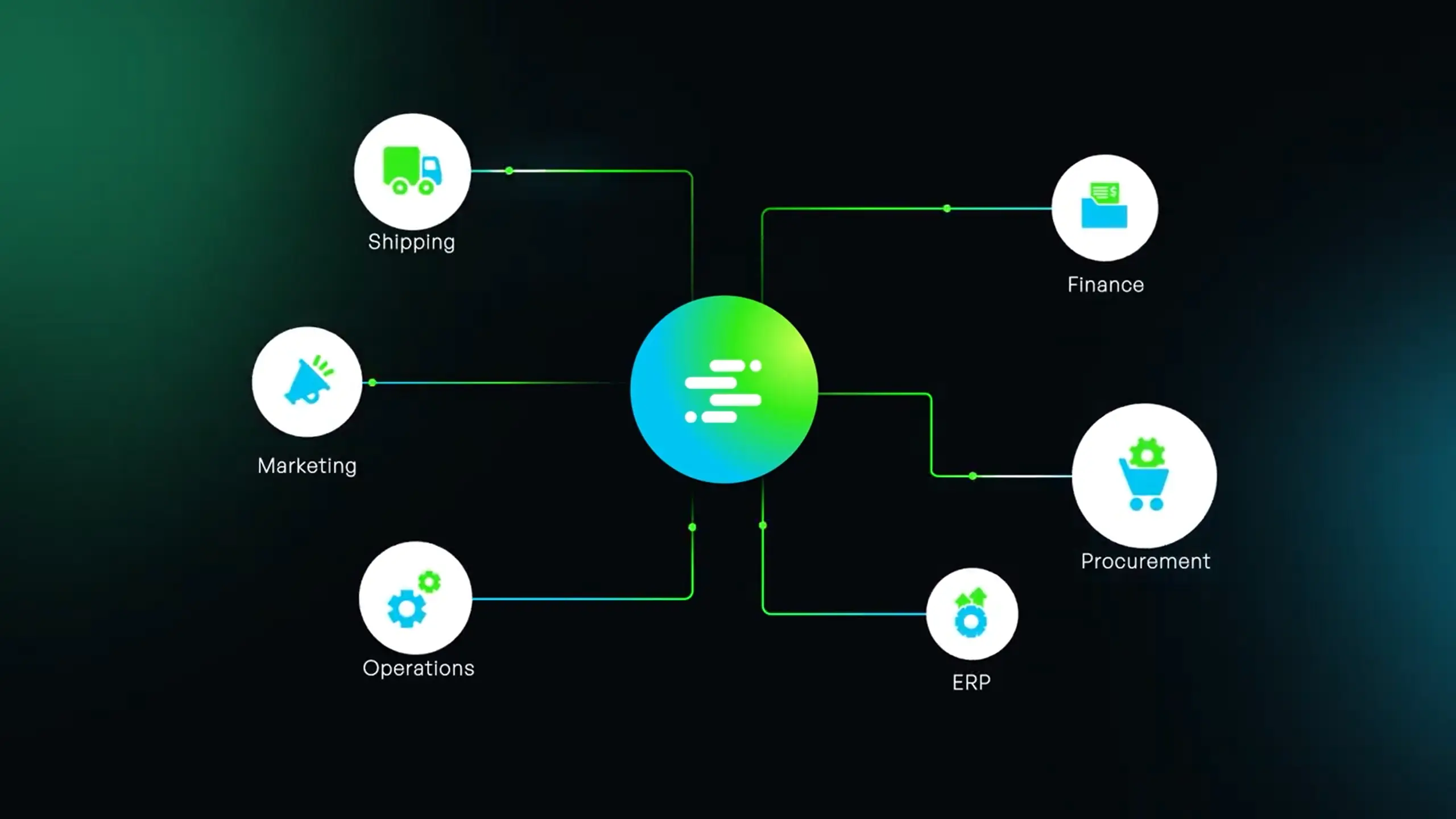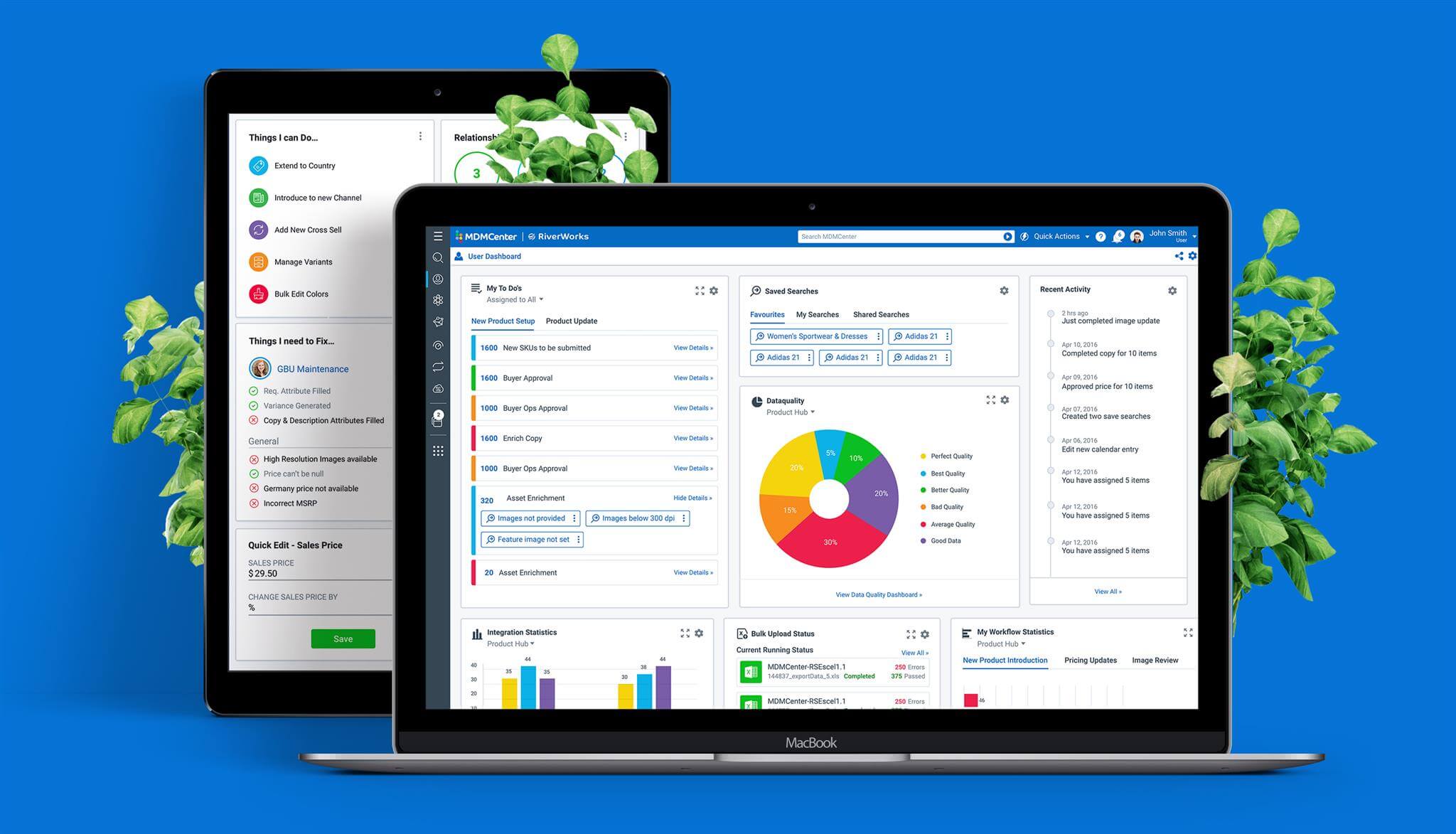Product Information Management is an integral part of today’s eCommerce marketplace. Managing large amounts of data across suppliers and distribution channels is crucial to create the online shopper experience. Although we often refer to PIMs as the technology or systems that manage the data, at its core, PIM refers to the process itself. So whether or not your company has a PIM ‘system’, all organizations that need to create, distribute and manage product content employ some form of Product Information Management.
At Syndigo we’ve given a lot of thought to the overall process of managing product content for consumer goods in all sectors. Our history and expertise spans both the physical in-store shelf as well as today’s “endless digital shelf.”
As eCommerce has grown and technology has evolved, the concept of PIM has expanded as well; today, for a PIM to be considered effective, it is not enough to manage the data; one must also be able to deliver and receive that information between suppliers and recipients, accurately and to the recipients’ requirements. After all, simply managing data within a system is not very useful or efficient if it isn’t accurate and connected to the sources that need the data.
This is why many suppliers today feel frustration. They may have their product content well-managed and internally accurate, but when submitted to a recipient, it does not get loaded to the site. Understanding the recipients’ data requirements is an additional layer of data management and ensuring that the supplier’s content is formatted properly for that use is as critically important as having a well-managed content set. These recipient connections are essential.
So whether it’s called a “modern PIM”, an “integrated solution” or just a “data flow process” or something else, there are five basic elements that make up an effective PIM strategy.
1. Collaboration
First and foremost, whether you are working within an existing enterprise PIM system, capturing content on spreadsheets or leveraging a third-party content provider, a supplier needs to be able to collaborate across internal departments, recipients, and their content solution providers. Being able to share information easily, on a single platform, with experts on hand to help with the process can be a great efficiency benefit.
2. Accommodation
One data standard does not suit every supplier of content. In some cases, it may be a seasonal item that needs to be coded for distribution through GDSN; in others it may be a complete content plan that includes The Engaging Hero, Inline Enhanced Content, and Nutritional information as well as basic Core marketing data.
A content solution provider should be able to provide such flexibility, while also maintaining the recipient standards to ensure the content you syndicate actually appears on the retailer site – and can provide personal support when it doesn’t. At Syndigo we realize one size does not fit all, and our range of clients and industries served demonstrate our flexibility in accommodating the needs of both small and larger clients.
3. Integration
Once you have identified the proper data formats needed for internal and recipient use, and are managing it in an effective interface/platform, your PIM can still be inefficient without the capability for integration with other systems. The process for delivering information can be as varied and challenging as maintaining proper data formats.
Many large retailers will only accept supplier content via API (Application Programming Interface, or the code that connects systems and for properly formatted data transfers), while others prefer output through FTP processes or (sometimes) even emailed spreadsheet updates. By having a system and support team that understands delivery formats and can accommodate specific recipient requirements also contributes to an effective PIM strategy.
4. Validation
Syndigo has a long, recognized history of capturing accurate product content – both from physical items, sleeve trays, cases and pallets, but also from digital “flat” art, and even CGI capabilities. But data is only as useful as it is accurate, and if item errors are not corrected in the beginning, it can cause difficulties later in the process. Things as small as a missed decimal point in weights or dimensions can cause extra cost in transportation or warehouse slotting, shelf spacing or other storage issues. An improper ingredient list can cause serious liability issues for shoppers with restricted diets. Even a product claim that may fall out of favor with regulators may need to be replaced quickly. Without the ability to validate inputs (and make changes in real time), content runs the risk of being inaccurate or inconsistent across outputs.
Product content is a living, evolving thing. Changes can occur almost any time. See why “complete” content is not enough.
5. Syndication
It is a brand’s objective to gain distribution of their product broadly, to grow sales. And every content provider makes claims of wide distribution networks, despite having little or no direct connectivity to deliver supplier content across all touchpoints. Without close coordination with retailer partners, it is nearly impossible to maintain the constantly-changing requirements of recipients. That’s why at Syndigo we have active relationships with more than 1,750 retailers, representing the widest connected syndication network in the industry. Our connected platform that is used by both supplier and retailer clients, which helps to ensure a continual flow of information, delivered to recipient standards, in near real-time. And with the largest global network of trading partners, we can syndicate supplier content to more places.
By aligning your content programs with these five concepts – Collaboration, Accommodation, Integration, Validation, and Syndication – suppliers and retailers can ensure a smoother, more effective process when managing their product information across items and data recipients.
Whether you already utilize enterprise systems for your product information management or if you manually track and send content to recipients via spreadsheets, you can leverage these concepts to operate more effectively.
Syndigo can help in any or all of your information needs, from Product Information Management to Syndication and Optimization. From new item ingestion, through content management, syndication, enhancement or optimization, look to Syndigo as your solution provider.
















 Don't miss out! Subscribe to our blog for updates.
Don't miss out! Subscribe to our blog for updates.